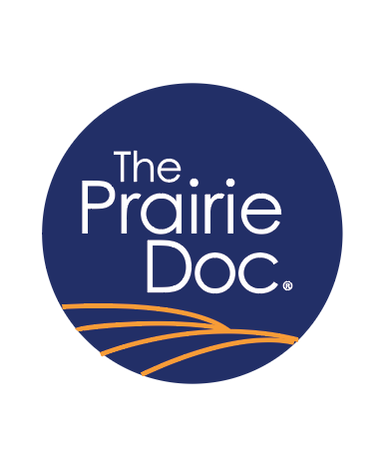|
By Richard P. Holm, MD
More than 50 percent of adult Americans take a dietary supplement or vitamin. We spend something like $35 billion dollars a year on non-regulated pills, powders, or patches hoping to lose weight, to improve function in sports or the bedroom, or just to prevent illness. But what are we getting for our money? Stephen Barrett, MD, head of a non-profit organization to prevent health fraud, states that, "Consumers often fall victim to products and devices that do nothing more than cheat them out of money, steer them away from useful proven treatment, and sometimes do more bodily harm than good." This important warning should not subtract from the fact that there are important benefits from vitamins and minerals, and there is a rich history how scientists studying malnutrition brought us to understand the value of vitamins and minerals. Vitamin C deficiency was discovered while analyzing a deathly diarrhea illness called scurvy, which affected British sailors. It was the limes and lemons containing vitamin C that helped the British "Limeys" avoid scurvy and win battles on the sea. Vitamin B1 or thiamine deficiency was discovered while analyzing a neurodegenerative illness called beriberi, which affected Japanese sailors after they switched from brown rice to white. By removing the brown coating, they unknowingly had removed the vitamin laden protein coat. In the early 1900s, scientists discovered the vital-amine on the rice coating that would prevent the neurologic illness beriberi. Now all white rice is fortified with thiamine, the vital-amine, which is also the source for the word vitamin. Micro-mineral iodine deficiency was discovered while analyzing both goiter, a thyroid enlargement condition, and cretinism, a childhood condition of mental deficiency, each occurring in land-locked areas without exposure to iodine-laden sea-weed and deep-sea fish. By iodizing salt we prevent goiter and demented children in millions throughout the world. But too much can be as bad as too little. Later scientists also discovered too high of a dose of iodine, and other minerals, as well as fat-soluble vitamins A, D, E, and other supplements can be dangerous. For example certain supplements like chaparral, coltsfoot, comfrey, yohimbine and others can cause liver damage, heart trouble, and increased risk of cancer. Obviously the whole nutritional supplement story is very complicated, and we should be careful not to swallow everything advertisers promote. When it comes down to it, the best plan should be to eat a balanced diet with enough fish, nuts, fruits and vegetables, and maybe to avoid joining the British or Japanese Navy. Comments are closed.
|
Archives
July 2024
Categories |
 RSS Feed
RSS Feed


